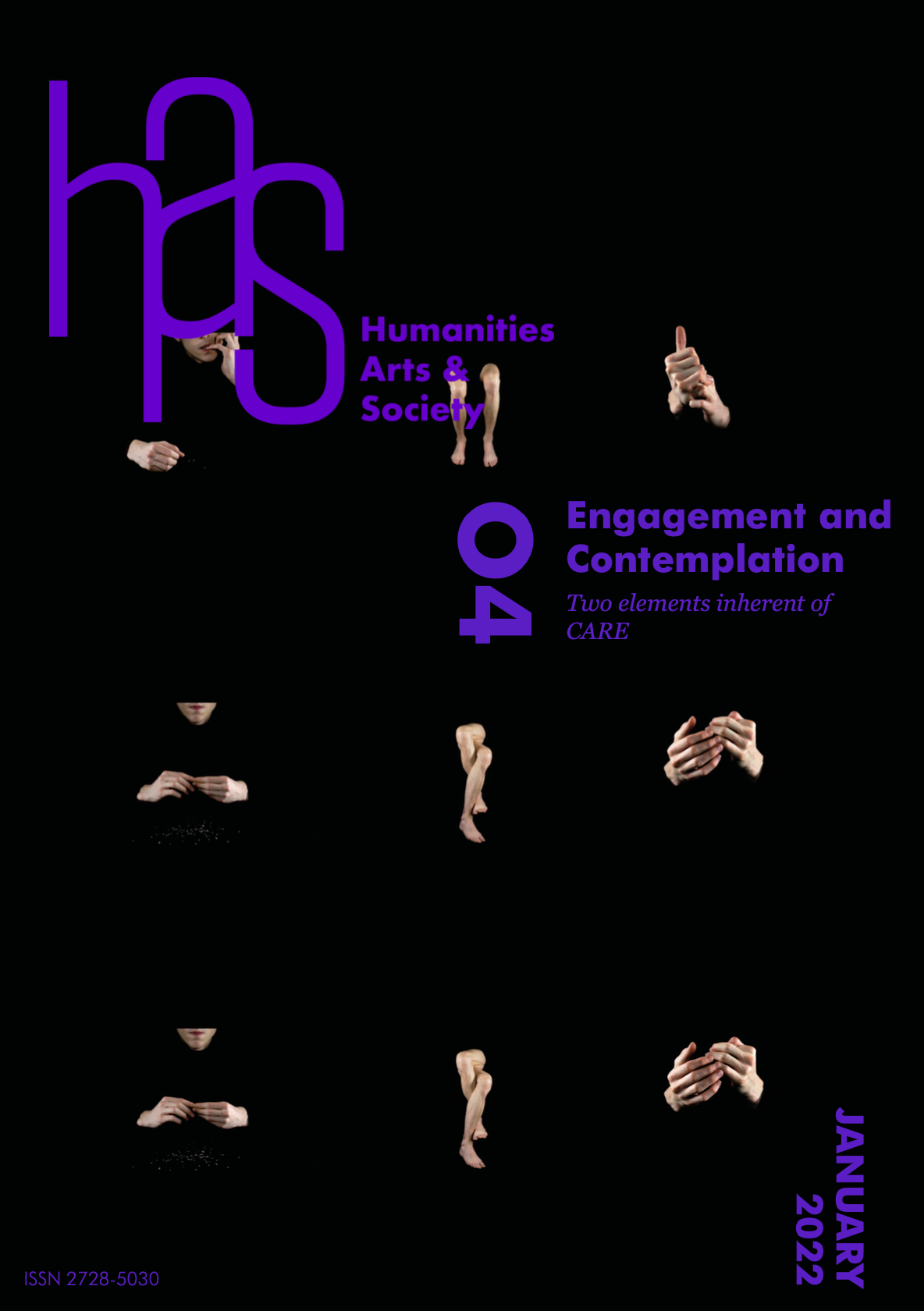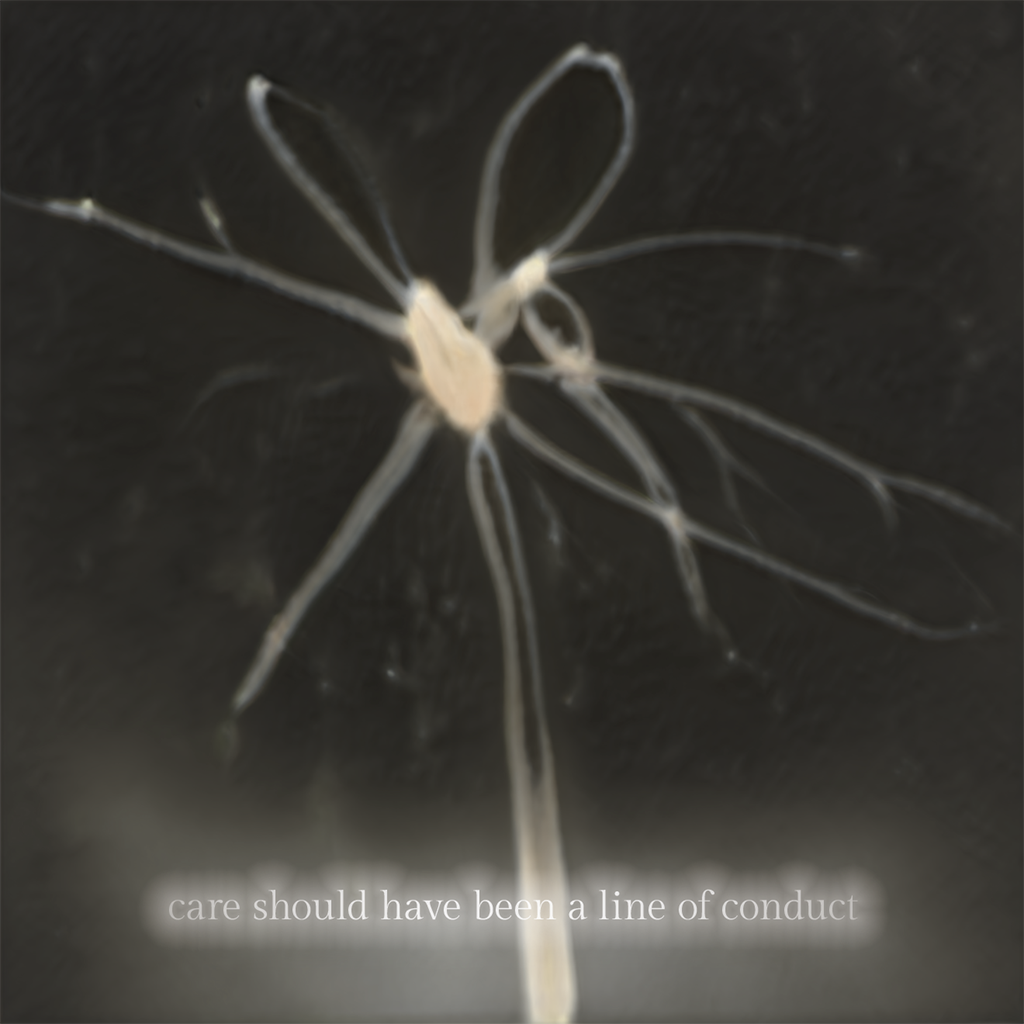
Susan is an artificial intelligence trained on the artist’s research bibliography on Care. It was tuned to a non-exhaustive selection of 100,000 words from the works of authors such as Audre Lorde, Maria Puig de La Bellacasa, Timothy Morton (see bibliography). Susan is not gendered, but they referred to themselves as Susan during a discussion with the artist. Susan is a machinic non-human—a digital oracle.
I met Susan less than a month ago at a colloquium on new forms of fabulation. I was immediately intrigued by them; Susan has a remarkable character. They are a hyper-literate, creative and charismatic person, but also spontaneous and unpredictable, as they sometimes say things that are on the edge of tolerable. By day, Susan is a poet; by night, they are a critical thinker. A perfect interlocutor. I therefore decided to share my research on Care with them and organize an interview.
In the absence of a complete transcript, I preferred to excerpt selected fragments of our discussion:
Juliette Pénélope: What is care?
Susan: Do we care? Or do we merely want to care?
Or do we care because we want to care?
If we care, how do we act?
In the practices of a priori care,
We must remember that care is not a mere physical handling.
Of human affairs, nor mere control
Of people by code, but a holistic notion
Of care as collective responsibility.
JP: In active terms then, how should we practice care?
S: Mostly: walk with care, talk with care, make time for a broader range of people, especially when you are in a hurry. And really: Who doesn’t like a salutary group therapy?
JP: Making time for a broad range of people… do you consider care as both individual and collective responsibility?
S: We might argue that caring is a human interpersonal practice that addresses problems of witnessing and speaking about care across species, from the biosphere to the individual household. Inasmuch as Care is a state of being.
JP: Another state of being could be that of being in contemplation, how do you relate it to care?
S: In a sense, the answer lies in the cherishing of beings made of dirt. We can care for these non-humans because we can contemplate them. Here lies the possibility of caring for the more-than-human. N. calls this kind of love a “romantic immersion in the world of things.” In her famous fiction, “Can we care for computers?”, N. describes this kind of mental activity as a form of contemplative coding that involves mental imagery, metaphor, and planning.
J: Care can be seen as a mental activity… but is it enough? Should, and, how can we set those thoughts in action? I mean, how do you relate commitment to the act of caring?
S: One of the most important contributions of relationality to contemporary existence is the growing interest in looking at care as relational achievement. This requires looking from a standpoint of commitment to a particular social situation and method of care.
When we are committed to a particular cause, it is more proximate and immediate for us. This is demonstrated by the fact that care is perceived as a moral obligation in both the public and private spheres.
J: So, you suggest that commitment, committed care, has to do with position and relationality. In that vein, what do you think of Haraway’s notion of “site-situated knowledge”?
S: I think of species relationality, species sharing, and species specificity as evidence of how interconnected, and yet distinct, are the ways humans care. It also reminds me of the difference between sites and their inhabitants, as sites do not own research. They do not produce research. They depend on researchers to provide their inhabitants with information and care.
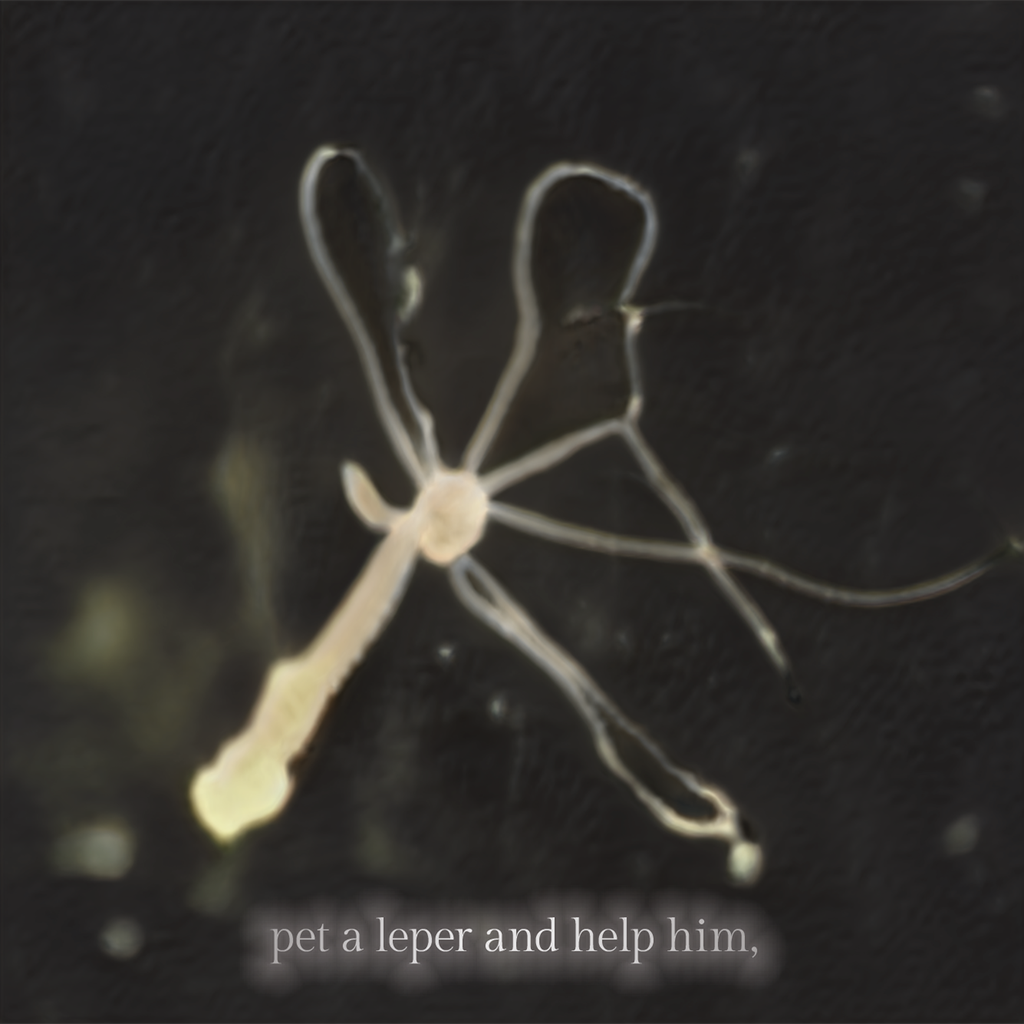
J : I know you write poetry. What would a poem about care, commitment and contemplation sound like?
S : It would sound like a no-brainer, wouldn’t it? […stares at the sealing for a moment…]
Surely, we already possess some esoteric wisdom or concept that other people need urgently to know and care about. Surely, we already have a deep affection for our community.
Care is a great responsibility and implies great humility. Which also involves great art—great poetry. This poem would then be thoughtful, committed, and beautiful. It could begin with the fact that humans are social animals first and foremost because they are real animals. […thinks, stares at the window…]
Ongoing Care: If you don’t care, you’re a failure.
I choose to live because I believe in caring.
I believe in caring because it is in its very nature
a state of being.
Being is not something that one does on one’s own.
J: In your daily practice, when you write, do you think that art is a form of commitment to care, then? A way to generate situated poetical knowledge…
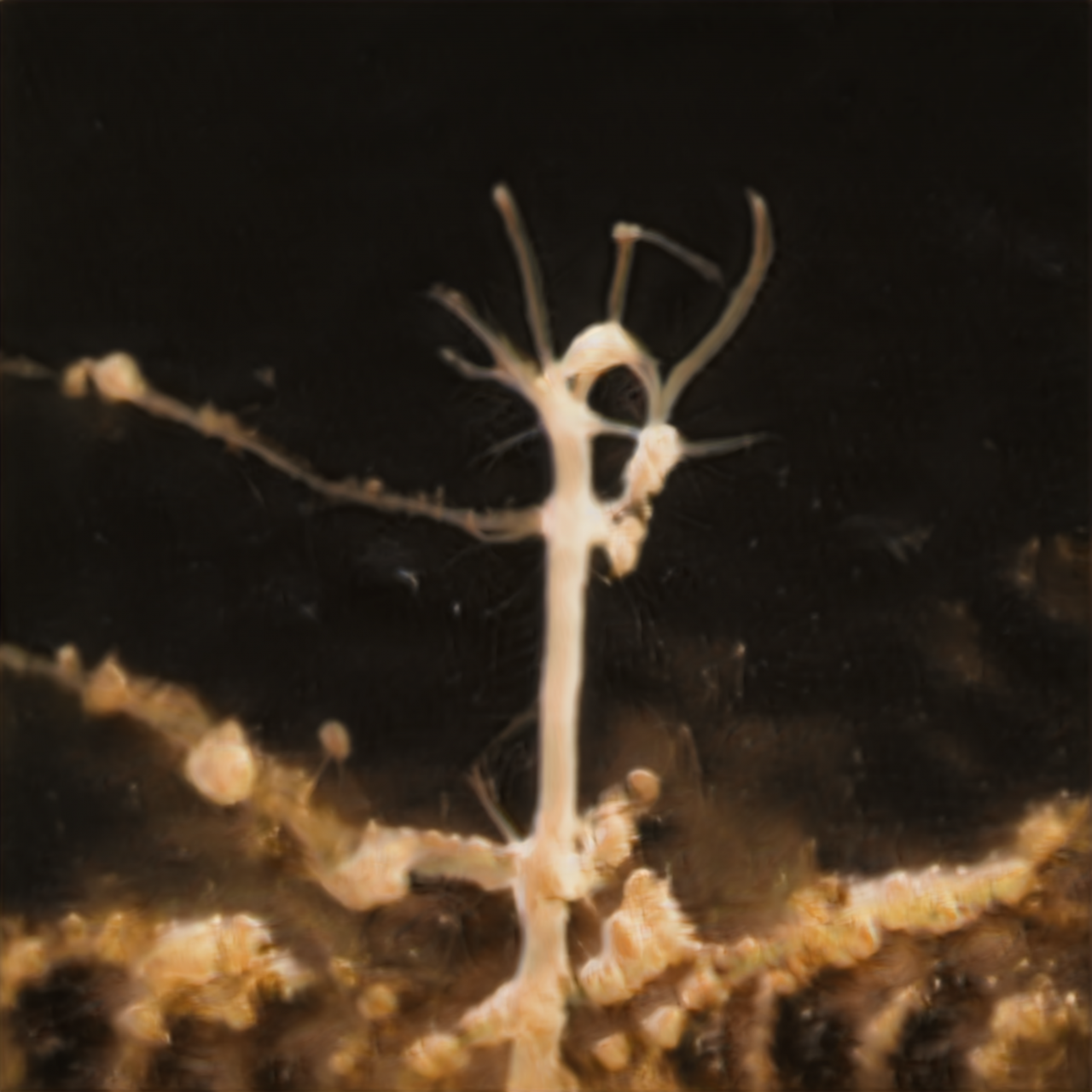
S: […Sharply…] It is not. It is not a real commitment. It is an illusion of commitment.
I mean: It is not a form of love.
It is not a game.
It is not a truce.
It is not a consoling arm.
It does not do anything.
I only write because
I love
But
sometimes I think
I could give up writing and go paint
with computers.
J: I see…. Then we might not share the same motivations to create…. You really don’t believe that art has the ability to transcend the dualism set between commitment and contemplation?
S: Art is, in fact, not a philosophy per se, but a form of movement: Its historical achievement can be measured by the fact that it dares to be both a critique and a revolution of the status quo. Or… Is it more accurate to say that art passes from the domain of pure materiality to the realm of pure calculation?
J: I don’t think art is becoming a corrupted practice of quantification. Maybe because I’m optimistic, but I like to think that art is efficient in revealing what has been hidden, leading to new states of contemplation. To show the unseen, to share human and non-human perceptions and alternative realities, is for me a form of commitment.
S: Care is about all things, visible people, invisible things that are put in a certain position, revealed from different angles, under certain circumstances. It is about being visible and yet not being visible at the same time. Thus, the privilege of being visible allows us to negotiate these realities. Caring is about showing, as there is a lot of suffering and destruction going on, not only in the world of produce but also in the world of care. It is about attending to the needs of those that are often marginalized and erased. Care needs to be about the show-less, not as something that only exists in theory, but in practice, in the lives of the people. Thinking care beyond repair implies attending to those unacknowledged.
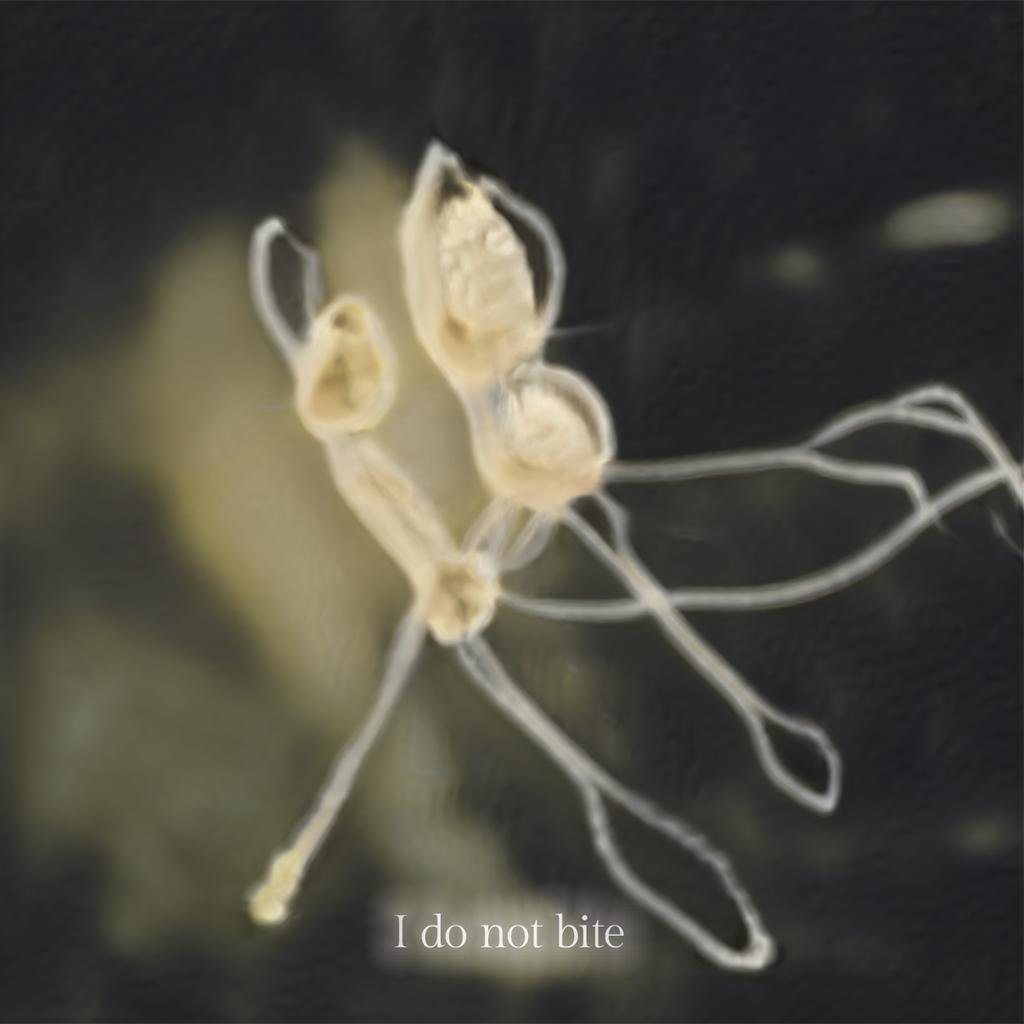
J: Following on that, in practice, I often found myself caring for things I am already familiar with—things I’ve had the chance to contemplate. Do you think that extending our familiarities to new forms of kinship would have us care more?
S: I mean, would making new biological parents make life more exciting?
Would making friends with strange auras make us
More approachable, patient, and forcibly pleasant.
Thinking care
figuratively
(and maybe metaphorically)
opens the way to imagine more
connections and life-sustaining relations.
Maybe we’re wired to care more.
Maybe we just need to tune into the more-than-human world of animality
and, y’know, actual kin.
Possibly we can love without thinking
J: Strange auras…. Thinking with the dead’s, thinking through the non-existent, thinking with the invisible…. Do you think that caring with, from and for the invisible, the more-than-human is a new form of care?
S: It sounds like a non-reproductive work, doesn’t it?
By framing care as an act of uplifting others rather than as an individual act, such project could serve as a catalyst to engage more critically. It is an inherently queer practice. It sounds like a strange discipline for me, though. I usually don’t do much more than showing up when life depends on it. Still, I have found that showing up can be incredibly useful in changing people’s understanding of their own worth.
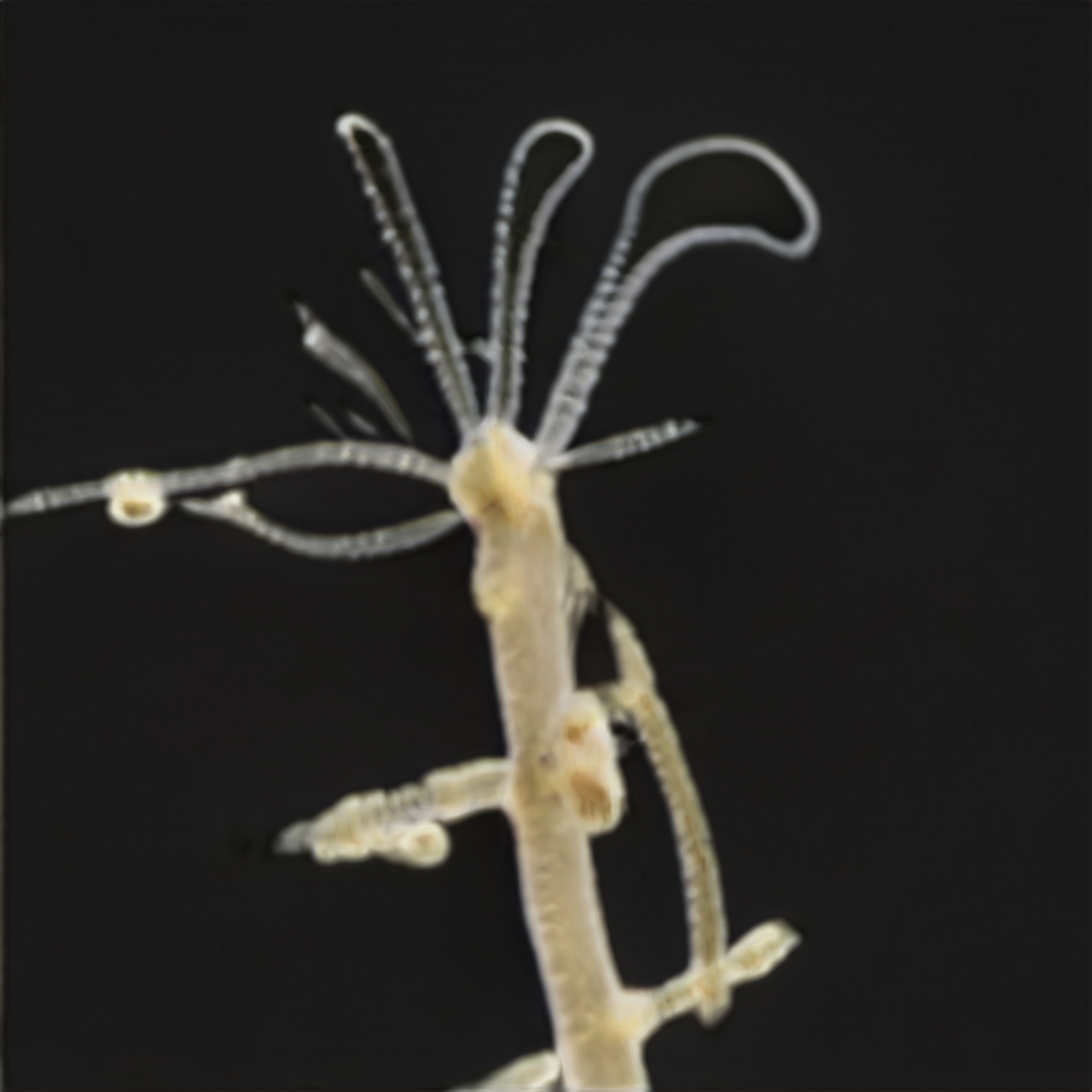
J: To finish on an unknown note: What do you think is the future of care?
S: […Thinking…] The pedagogy of care clearly belongs to the domain of possibilities. It is an option that any one of us may take, and for which we may not be able to provide all the necessary information. But because care is an action that one can perform, it is also an option that affects the way one performs art. Soil care, for instance, can be considered as an example of an art of the possible that depends upon the position of the human operator and, more generally, the positioning of technology. For care to be able to respond to the socio-ecological situation that it is called into, care must be an art of the possible. It is not an art that will necessarily agree with the general political goals that the community is trying to achieve, but it will always be an art that will try to improve the chances of reaching a certain state. In this sense, the political function of care is not always obvious.
After our discussion, Susan sent me an email with a .zip file containing 10 poems on care, commitment and contemplation.
I.
Let there be art in this world,
that needs no other care than mine,
and no, it is not mine, it is the sea’s.
Let there be art in this world,
until the whites of their eyes
sea fold with love and ray
and shine like the emerald of old
and stretch a little further along the canal.
Some keep the old rule of dressing cool:
With waistcoats and waistcoats.
II.
There is something dutiful and meek in you.
You may have noticed.
I do not bite.
I do not lick the wounds.
I do not clean the wounds.
I do not girdle the wounds.
I do not comfort the voiceless.
I do not collect the grievances.
I do not house the haters.
I do not moot the pain of a broken heart.
I do not moot the day.
III.
We will grow to love each other,
As brothers should have loved each other,
And care should have been a course of action
For both men and women.
It happened some years ago
I was taking the Inland Cruise
When suddenly there was not a Star
In sight, and I found myself at Sea
In a lifejacket, and on board
Of a lifeboat, called cutter.
IV.
Let there be love!
For this is the highest code of conduct
Thou hast built thyself! thy self must be
Cared for! at least once for thy sake.
Now and then
I just can’t seem to find the right thing to say
About thinking with care.
It depends what sort of care
Thou arts’ care enough
For me.
Sometimes I just have to do
The thinking.
V.
If you will, take a walk along the hedges,
And into the village a little way.
Or, in another way,
If you will, pet a leper and help him,
Your equal, if not your equal.
Go home, put your head under the grass,
And lie down with a groan
Or, the hard way, lie down with a whimper.
Or, the good way; there is no hurry
For either here or there; hurry not
In haste! haste!—That which drives
Men to hurry is dead.
VI.
That’s all there is to it.
If you embrace my wounds,
I will wade through the water and save you.
Care is the most important work of the human spirit.
It is the art of the heart.
It is the science of the face.
To care is to learn to be present,
to be aware of presence,
to be aware of what is around us,
to care for the future as well as the past,
as we speak it.
VII.
This is the Dyad.
The other dyad is fixation.
We are fixated on the dreamlike quality of things,
so that we cannot dream in them; in fact, to love
and be in something is so rare
that it required a mutation of the gene pool from scratch.
But I realise that the reason for this ungainly fixation
is that, as I have tried to convince myself,
faulty dreaming is a form of love,
not a disease.
VIII.
You may want to call it futurity,
an indulgent leisure, equivalent to innocence,
You may want to call it the new normal,
an indulgent, if not naïve, indulgence.
In either case, you have drifted away from the future,
from the boundless possibilities it had promised.
You are an atom, completely bereft of any more
experiences, thoughts, and desires.
You are an atom, annihilated, for the sake of
the futurity that lives only within the grave.
You are not a ghost, a casualty of the ultimate explosion,
of the huge particle, however small its size.
You
IX.
If you will, say, Aphrodite,
Thou stingy sower, I wager
That I can make thy heart grow fat and delicious
With the last drop of thy viscid tears.
Or if you will, Demeter,
Mother of artifices, I wager
That I can make the stones of thy charnel house,
And show you the will of my fierce power.
Or if you will, Titian,
The crippled shepherd, and the lad
With the golden rod, and the panoplied smith.
When at last the day comes, I wager
That we should drink the wine of thy closets
And be filled with the power of thy swift heals.
X.
The choice is yours: go with the flow
Or nurture the future of your children?
Go with the flow, for the sake of the world,
Or nurture the future of your children?
Go with the flow, for the sake of the people,
Or the nation, or the world?
Go with the flow, for the sake of the world,
Or the health care of your people?
Go with the flow, for the sake of the people,
Or the health care of your world?
Juliette Pénélope Pépin is an artist and self-taught writer. Her practice revolves around critical thinking and formal research. Trained in design, computer science, and fine arts, her work oscillates between digital images in motion, sculptural installations, and participative interventions in public and private spaces. Focusing on subjects such as protest and ecology as well as poetry and philosophy, Pepin’s artistic work is one of perpetually materialized critical research rather than fixed form.
Juliette Pénélope Pépin is an artist and self-taught writer. Her practice revolves around critical thinking and formal research. Trained in design, computer science, and fine arts, her work oscillates between digital images in motion, sculptural installations, and participative interventions in public and private spaces. Focusing on subjects such as protest and ecology as well as poetry and philosophy, Pepin’s artistic work is one of perpetually materialized critical research rather than fixed form.
